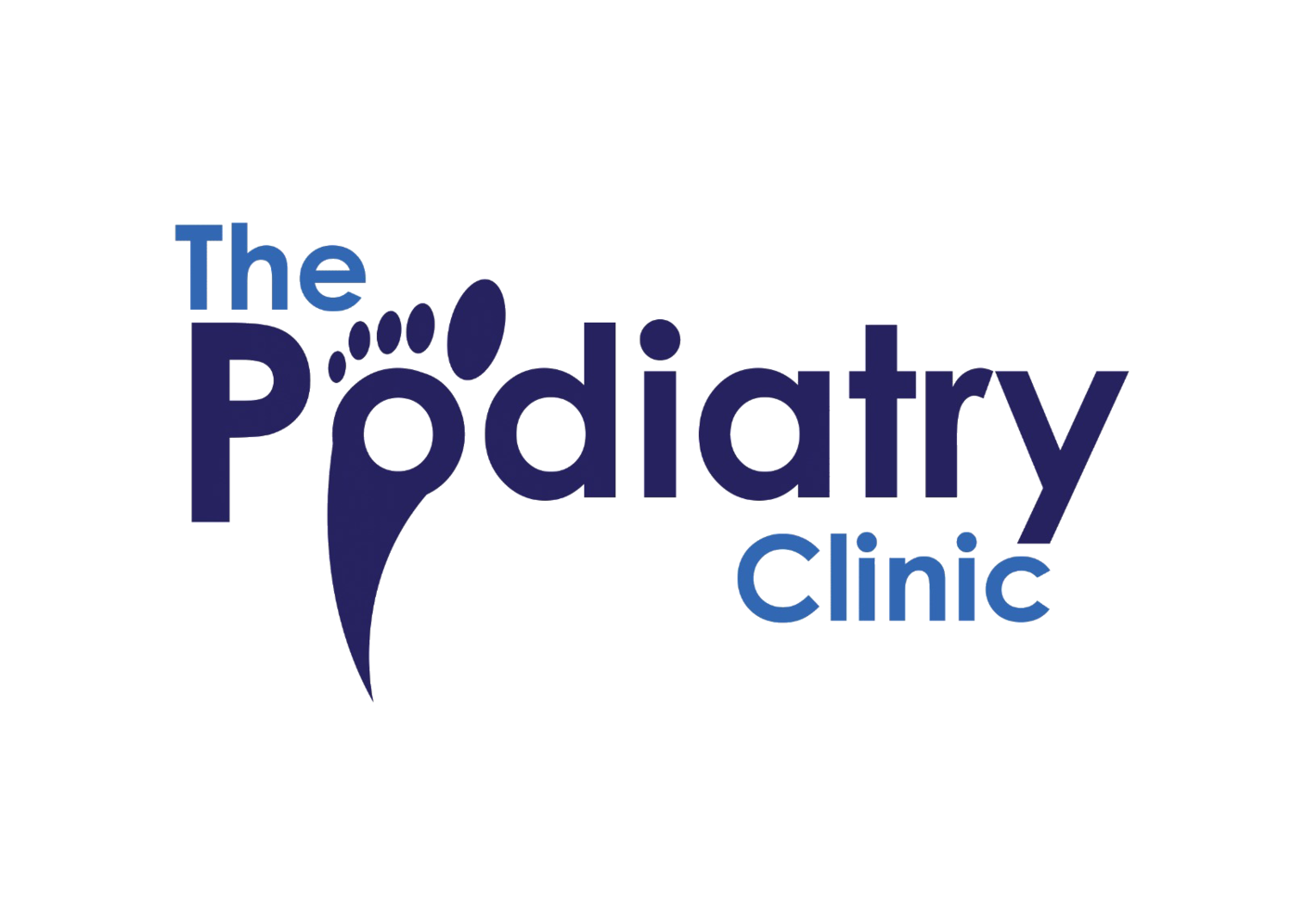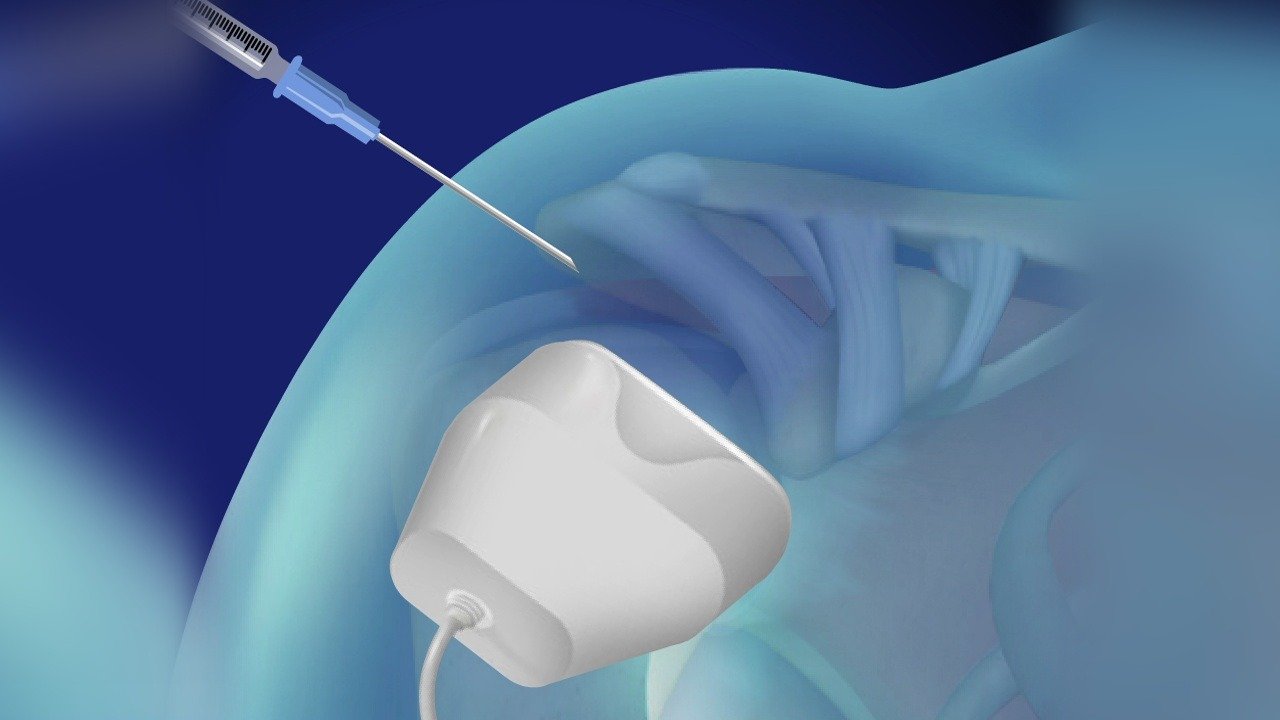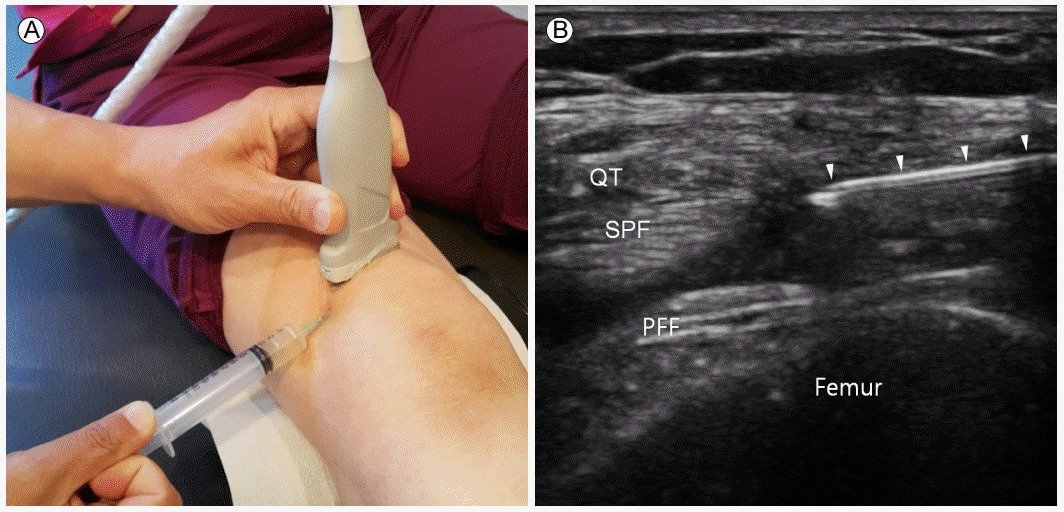What are the benefits of ultrasound guided steroid injections?
What is an ultrasound guided injection?
This is a question that many patients have. So we'll try to answer the questions of "what it is" and "why it is required" here.
Messina (2016) in British Journal of Radiology stated that Ultrasound is an established modality for diagnosing musculoskeletal pain such as shoulder pain. Different musculoskeletal pains can be treated using ultrasound guidance such as ultrasound guided injections as they are accurate, low cost and radiation free.
Ultrasound is a type of high-frequency sound wave that can pass through the skin and produce image of the structure on the screen for the clinician. Similarly, during ultrasound guided injections sound wave that can pass through the skin and produces image of the structure and needle placement in the structures on the screen for the clinician in real time. This ensures that the needle navigates around key structures to avoid potential problems while also making sure the injection is released into the precise location or tissue.
Ultrasound are commonly employed in medicine because they are a safe approach to image deep into the tissues of the body. The imaging allows clinician to see all of the different tissues in the body extremely clearly.
Benefits
The idea behind ultrasound guided injection is that the injection can be guided extremely precisely to the target tissue or region and maximizing the effectiveness of medicine and dose.
Improved patient comfort
Reduced procedural pain
Improved safety
Reduced incidents of injury
Reduced overall side effects
Better patient satisfaction
Significantly more accurate injection with all injection procedures
Improved outcomes
Because of the foregoing reasons, more patients are requesting that their injection be performed under ultrasound guidance, which improves accuracy, improves outcome, and reduces the risk of adverse effects and harm during the injection operation.
Ultrasound-guided injections are a rapid and less invasive procedure that can effectively relieve pain and treat joint issues in the short term.
The clinician can make sure that the drug is appropriately administered and reaches the intended target tissue because they can see the needle entering the joint or soft tissues such as tendon or ligaments. Before, during, and after the surgery, they can use the ultrasound probe to observe the drug enter the joint and visualise the surrounding structures.
Why have Ultrasound Guided Injection
Traditionally, clinicians perform injections 'anatomical guided or land mark guided,' which means that the clinician follows the anatomy and injects in target tissue. Even if you have a lot of expertise, finding the correct position can be challenging as the anatomy varies due to different size, shape and structures of human body. Ultrasound guided injection are used by clinicians to boost their hit rate. Overall, the ultrasound guided injection accuracy is far superior to that of 'anatomical guided or land mark guided injections.' Also, we believe that a higher hit rate indicates that the injection's effect is better and lasts longer.
No radiation involved with Ultrasound Scanning or Guided procedures. Other modalities can be used to guide the injection such as fluoroscopy but it involves a real-time x-ray which exposes the patient to radiation.
Ultrasound Guided Injection for Shoulder Pain
Accuracy
Ultrasound Guided Injections significantly improves the accuracy of joint injection and allowing a clinician to rapidly achieve higher accuracy (Cunnington et al 2010). The use of ultrasound significantly improves accuracy. Hand and wrist injections, for example, are generally 63-79 percent accurate with ultrasound guidance. Ultrasound-guided joint injection is more accurate than palpation-guided injection. Ultrasound-guided joint injection helps ensure intra-articular injection and minimizes injury to para-articular soft tissues (Lee and Griffith 2019).
When ultrasound is used to guide injection placement, accuracy levels range from 90% to 100%. In April 2013, a research published in Seminars in Arthritis and Rheumatism examined changes in wrist pain levels after ultrasound-guided injections against standard palpation-guided injections in 10 different trials (Dubreuil et al 2013). The researchers concluded that ultrasound-guided injections resulted in more pain relief and were more likely to achieve minimal clinically significant improvement in the one to six weeks following therapy.
Ultrasound-guided injections are less intrusive than surgical procedures and take less time (approximately 25 minutes from start to finish). They are risk-free because they contain no harmful radiation (ultrasound uses sound waves).
What to expect?
Ultrasound-guided injections are a rapid and less invasive procedure that can effectively relieve pain and treat joint issues in the short term. Ultrasound produces real-time images of the inside of your body by using high-frequency sound waves. The process is risk-free and does not entail any radiation exposure.
The clinician can make minute changes to ensure that the drug is appropriately administered and reaches the intended target because they can see the needle entering the joint or soft tissue such as ligaments and tendons. Before, during, and after the procedure, they can use the ultrasound probe to observe the drug enter the joint or soft tissue and visualise the surrounding structures.
While ultrasound guided injections provide many benefits for patient and provider, they are not the perfect solution for every ailment, and in most cases are best paired with an active treatment solution such as physiotherapy or podiatry treatment management. After an injection, your clinician may recommend weeks of targeted exercises or active management plan to make the most of the benefits provided by the injection. Ultrasound guided injection can be a great compliment to your total treatment and management plan.
To book for an appointment you can call our normal reception line, 0121 285 5656 or email direct to hello@thepodiatryclinics.co.uk requesting an appointment. Please include your name, date of birth, your address and GP contact details.
You will be sent a form to complete and forward back to us or bring along on the day.
Contact us: 0121 285 5656 Email: hello@thepodiatryclinics.co.uk
OR simply click the button below!
References:
Br J Radiol. 2016;89(1057):20150372. Ultrasound-guided interventional procedures around the shoulder. Carmelo Messina 1, Giuseppe Banfi 2 3, Davide Orlandi 4, Francesca Lacelli 5, Giovanni Serafini 5, Giovanni Mauri 6, Francesco Secchi 6 7, Enzo Silvestri 8, Luca Maria Sconfienza 6 7
Randomized Controlled Trial. Arthritis Rheum. 2010 Jul;62(7):1862-9. A randomized, double-blind, controlled study of ultrasound-guided corticosteroid injection into the joint of patients with inflammatory arthritis. Joanna Cunnington 1, Nicola Marshall, Geoff Hide, Claire Bracewell, John Isaacs, Philip Platt, David Kane
Semin Arthritis Rheum. 2013 Apr;42(5):492-7. Improvement in wrist pain with ultrasound-guided glucocorticoid injections: a meta-analysis of individual patient data. Maureen Dubreuil 1, Stephanie Greger, Michael LaValley, Joanna Cunnington, Wilmer L Sibbitt Jr, Eugene Y Kissin.
Semin Musculoskelet Radiol. 2019 Aug;23(4):419-428. Top-Ten Tips for Ultrasound-Guided Joint Injection. Ryan Ka Lok Lee 1, James F Griffith 1



